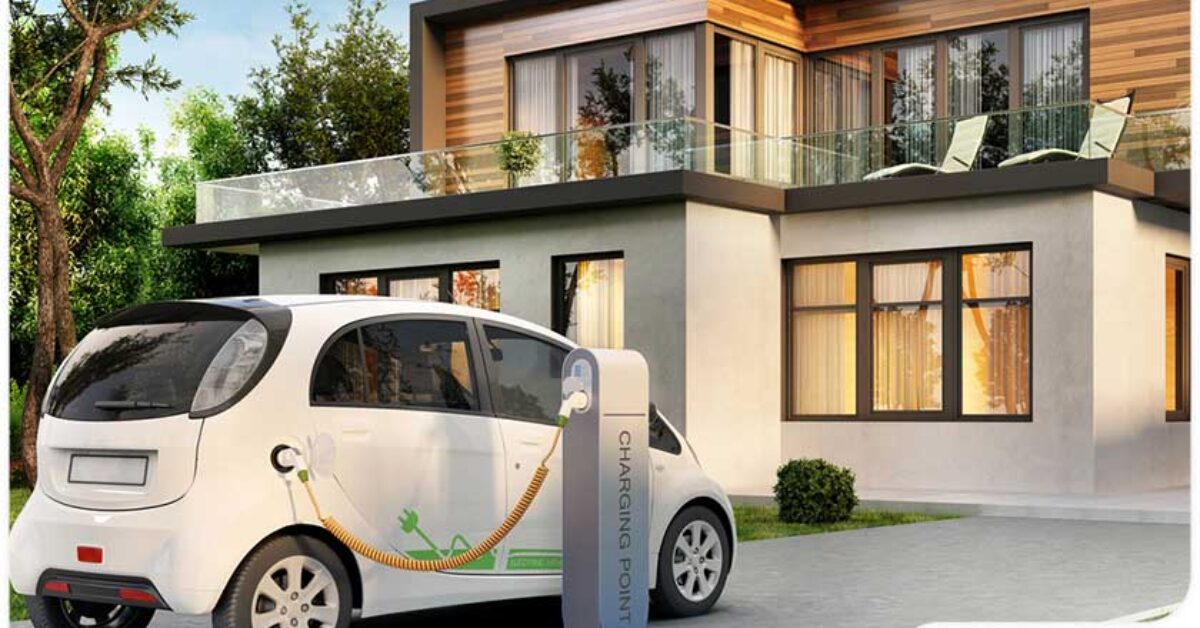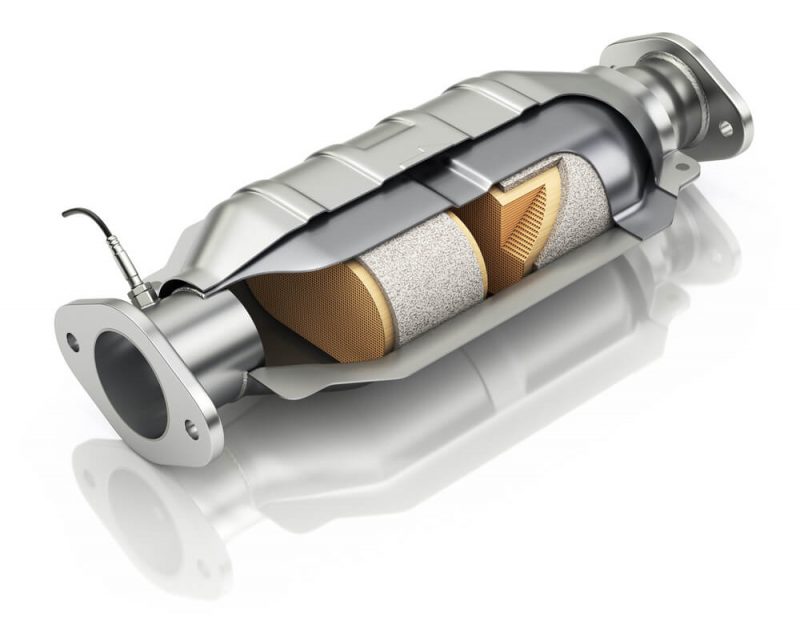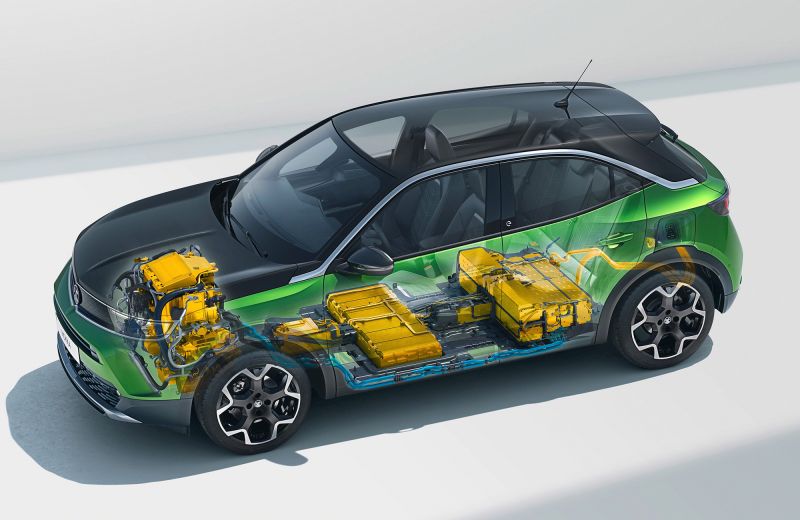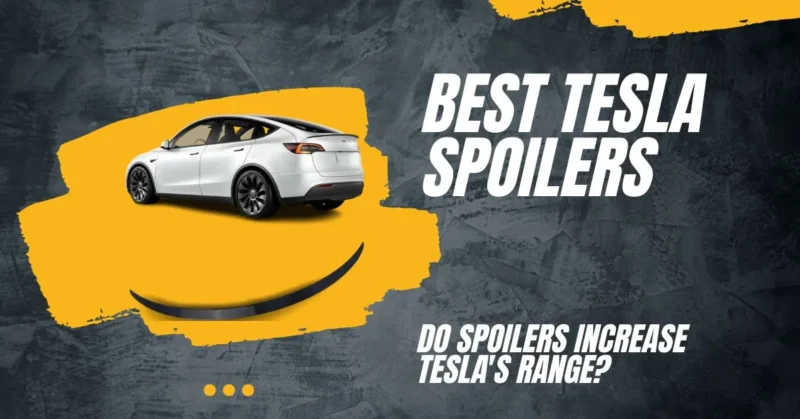Electric cars (EVs) have gained popularity over time, and with that popularity comes the requirement to comprehend the ideal methods for charging their batteries. As humans today, we have become more dependent on battery-powered devices. From smartphones to cars, every machine is reliant on batteries.
As we know, EV batteries are a challenging investment. So, protecting them is all-out important. To help you maximize your battery life and ensure your EV runs efficiently, this article will cover all you need to know about EV battery charging best practices.
As an owner of an electric vehicle, you also will not be able to afford the expenditure of a new EV battery after a short while. To avoid this cost, we will explain some EV battery charging best practices to make it works longer.
EV Battery Charging Best Practices
Understand your battery
First, you need to know the kind of your EV battery before charging it. Most electric vehicles use lithium-ion batteries, which need to be charged in a certain way to last longer. Please read the manufacturer’s instructions on charging your battery so you don’t overcharge or undercharge the battery.
Use the right charger
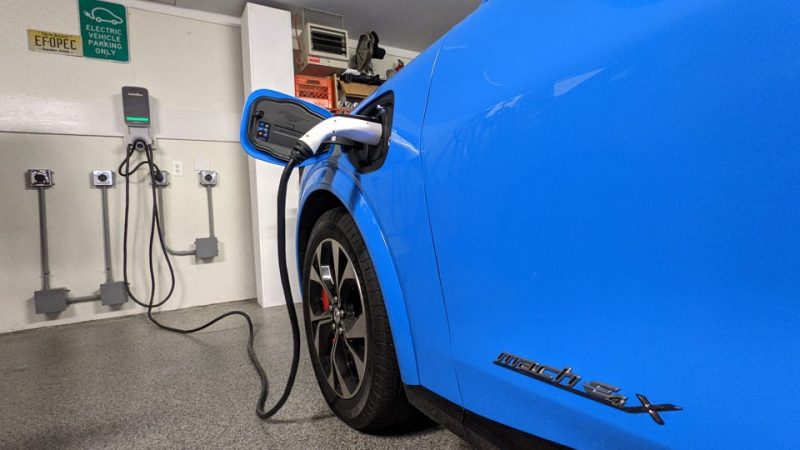
If you want to sustain and prolong the lifetime of your battery, it is vital to use the appropriate charger. Most electric vehicles (EVs) are equipped with a conventional Level 1 charger, a sluggish charging technique that may completely charge your EV battery but takes several hours. Level 2 chargers, on the other hand, are more rapid and may finish charging your battery in a shorter amount of time.
The most efficient way to charge an electric vehicle is using a direct current (DC) fast charger; however, these chargers may be pricey and incompatible with all–electric vehicle types.
Charge your battery regularly
Charging your battery frequently ensures its optimal life and performance. Battery experts advise charging your EV battery up to 80% instead 100% is better for its longevity. Regularly charging and maintaining your EV battery will improve its longevity.
Charge at the right time
The time you choose to charge your EV battery can impact its lifespan. Charging your battery during peak hours can stress the grid and lead to a higher cost of electricity. Charging your battery during off-peak hours can help save you money and prevent stress on the grid.
Use the Right Charging Cables
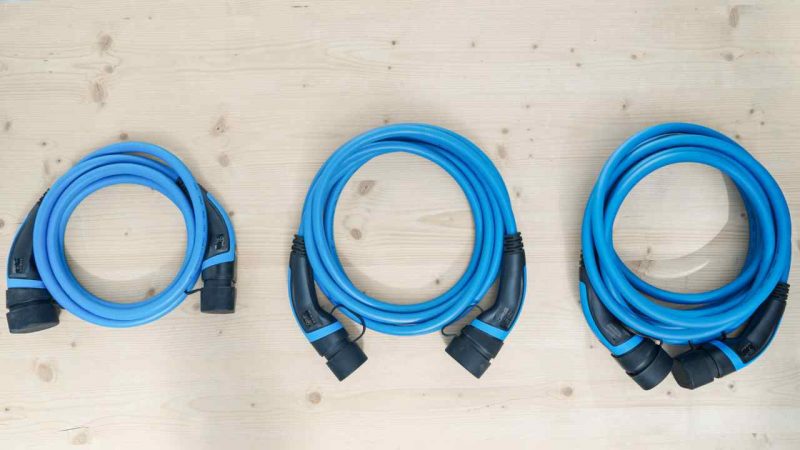
Using the right charging cables is also essential in maintaining the battery’s lifespan. High-quality cables can prevent voltage drops and protect your EV battery from damage. It’s essential to check your charging cables regularly for wear and tear and replace them when necessary.
Avoid dead or fully charged batteries.
Taking care of battery usage is a critical practice. You must know that your battery never goes to 0%. It is because before reaching 0%, most electric vehicle functions will automatically turn off, and the battery will require more power to restart itself.
You also have to look at your battery when you charge it. Don’t charge it at 100%. The reason for this is that the load on EV batteries increases as the charge level gets higher. Most EV battery companies recommend charging at 80% for the excellent health of the battery.
Be Conscious About The Speed Of Charging
Another best practice for charging EV batteries is that you should rely on something other than Level 3 chargers. It is because these chargers offer the fastest charging speed currently available. In this way, they generate high currents, which result in high temperatures. These temperatures strain electric vehicle batteries.
Many drivers who depend on their electric vehicles to move them around town find that Level 1 chargers must be faster and provide more power for their needs.
On the other hand, Level 2 chargers are superior to Level 3 chargers for electric vehicle batteries, and they can charge up to eight times faster than Level 1 charging systems. So, most companies prefer them to Level 3 or 2 chargers.
Discharge Procedures Must Follow the Same Process
You should know how to discharge as you depend on the Level 2 charger compared to the Level 3 charger. To prevent unnecessary battery loss, you should not show off or drive at excessive speeds on the highway.
One method to assist a charge to last longer is to coast more and brake less. Most drivers of hybrid vehicles use this technique to avoid colossal energy loss.
Another interesting fact about this technique is that your brakes will last longer.
Take Action on High and Low Temperatures

You must be conscious of weather changes. You must avoid parking your car in a highly cold or warm temperature. This lousy practice affects your battery directly, and the performance of your battery will go down.
With time, the quality and efficiency of EV batteries are also increasing, but the real issue is that the cells of batteries burn out with the long-term use of this harmful practice. It results in decreasing the working time of your battery.
To avoid this situation, park your vehicle in a shadow in the hot summer and sunlight on winter days.
Drive for Short periods Regularly
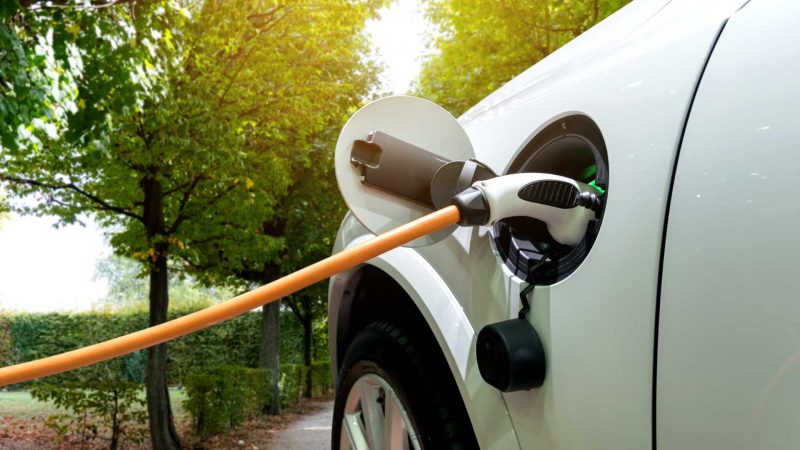
If you don’t use your EV for your regular route, you should still want to drive it occasionally. To maintain power, lithium-ion batteries need to be used consistently, just like the batteries in your smart thermostat or smartphone.
This is true even if lithium-ion batteries are more expensive. Utilizing your vehicle regularly will also help avoid flat spots in your tires, which can occur when a car is left in one place for an extended period.
Charge Your EV At Home
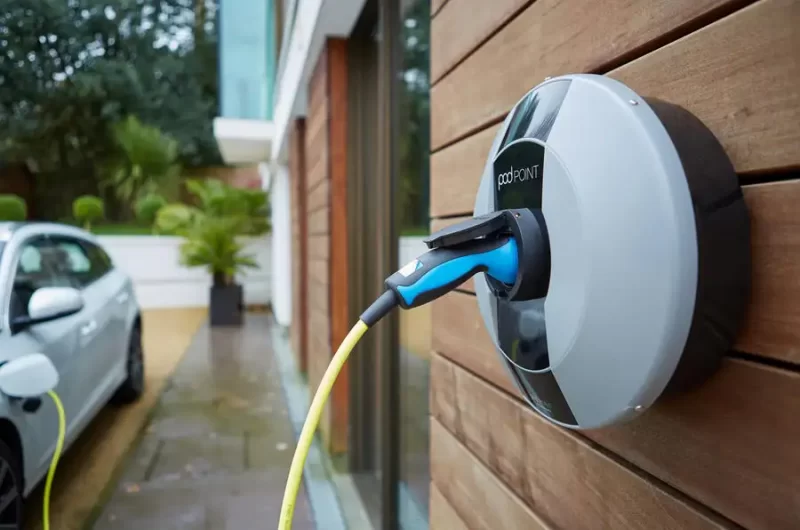
It would be best to charge your battery at home rather than at a working place or public station. This practice is very beneficial for you in different ways.
- First, you can charge your battery during the low electricity rates hours.
- Secondly, it is easier than standing in queues or finding the available charger.
- Charging at home is safer than charging it out. There you can use specific circuits for charging your EV battery.
- Due to Complete grounding, it is also safer to charge it at home.
- Keep Your Car Cool While Charging
Avoid extreme temperatures and keep your car cool
Keeping the car cool while charging is another practice to extend the battery life of your EV battery. It is because when you recharge the battery, it produces heat. This heat directly affects on cells of the battery and may burn them out. It directly leads to a decrease in the performance of the battery.
You can keep your car and battery cool with the help of a battery cooling system. It may be a coolant, fan, or air conditioner. Another way is to keep your car in a cooing place, like a covered parking spot.
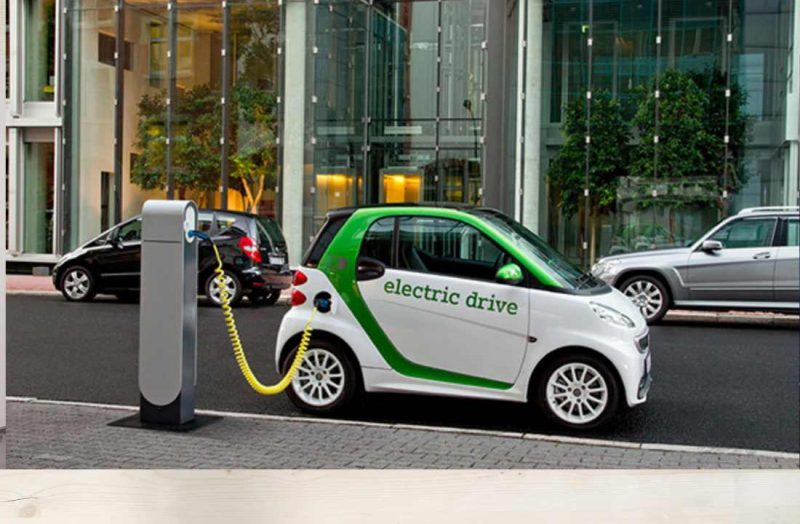
FAQs
How to extend EV battery life?
By applying these simple practices, you can extend EV battery life.
- Avoid dead or fully charged batteries
- Be conscious about the speed of charging
- Take action on high- and low-temperature weather effects
- Discharge procedures must follow the same process
- Drive about for short periods regularly
- Keep your car cool while charging
Is Fast Charging bad for EV Batteries?
The battery’s chemistry determines whether or not an electric vehicle can accept high charging currents. The conventional understanding in this area of the economy holds that quicker charging will enhance the speed at which an EV’s battery capacity will decrease.
Conclusion
In conclusion, charging your EV battery properly may extend its life and improve its performance. This article’s advice will help avoid battery degeneration and increase its longevity. So avoid damaging your battery by following the manufacturer’s charging instructions.
By applying EV battery charging best practices, you will feel that the performance of your EV battery is increasing and your car is running smoothly.

Imran is an experienced content writer who crafts engaging and informative articles for a variety of industries. With a keen eye for detail and a passion for storytelling, Imran delivers high-quality content that resonates with readers. Whether he’s writing blog posts, social media content, or website copy, Imran is committed to delivering compelling content that drives results.

